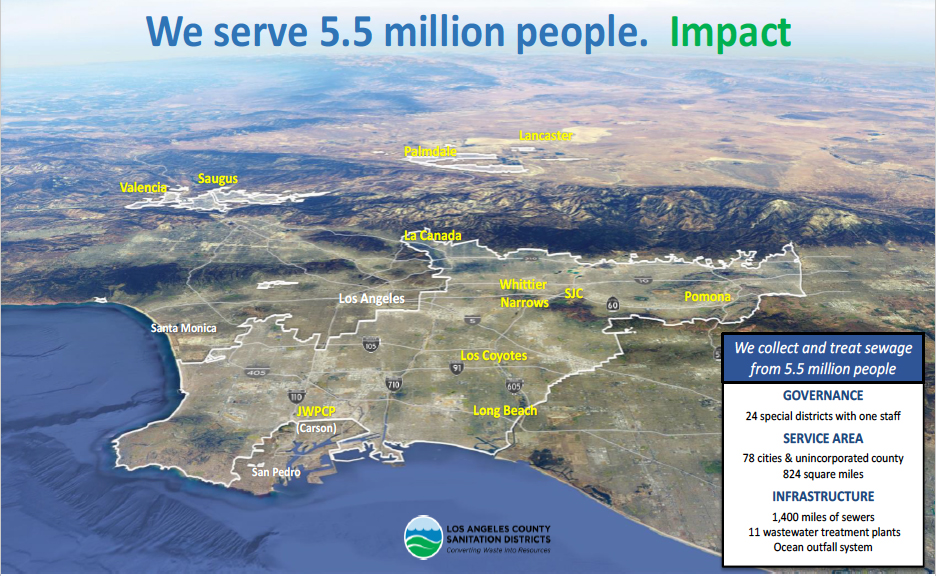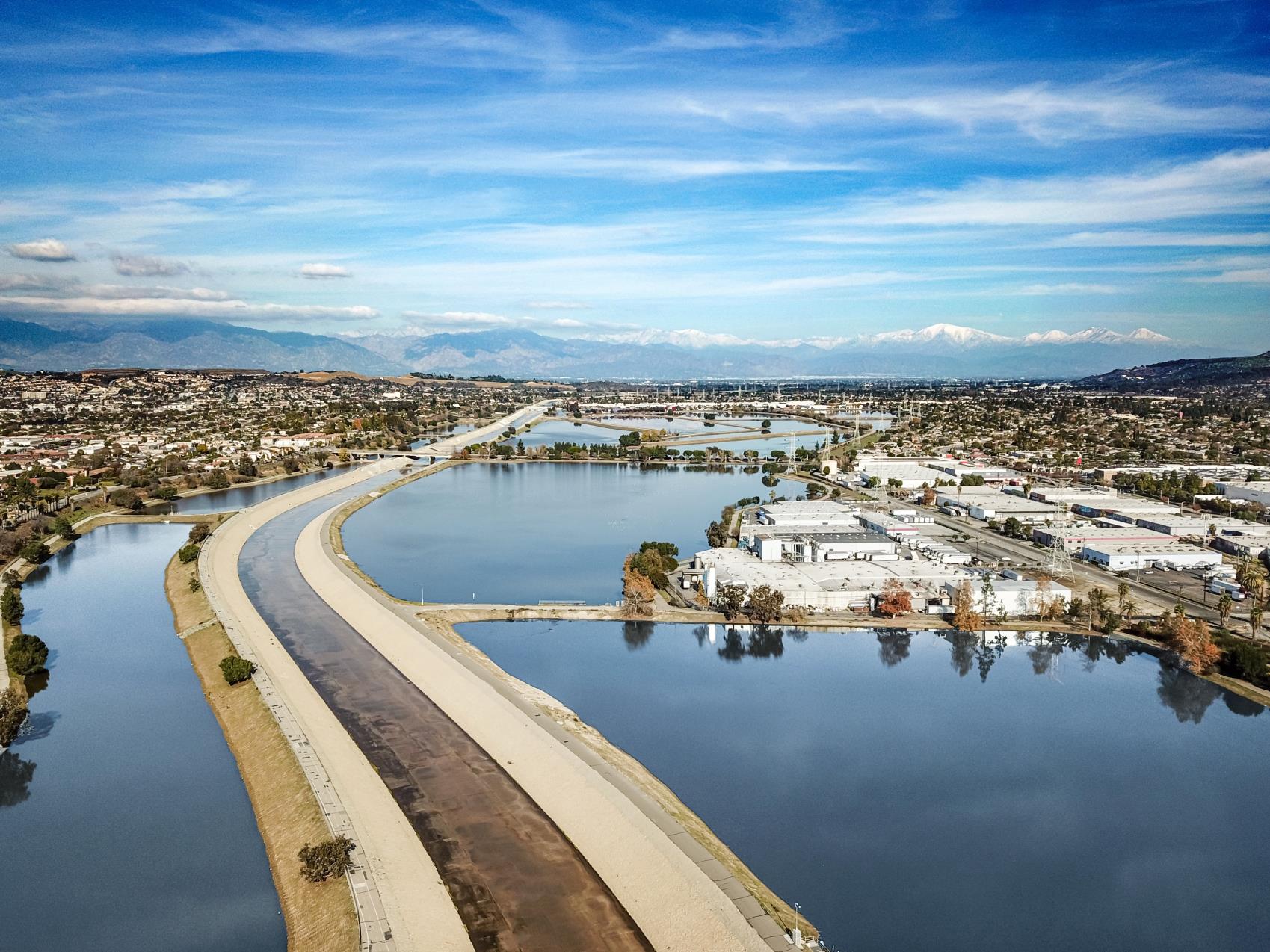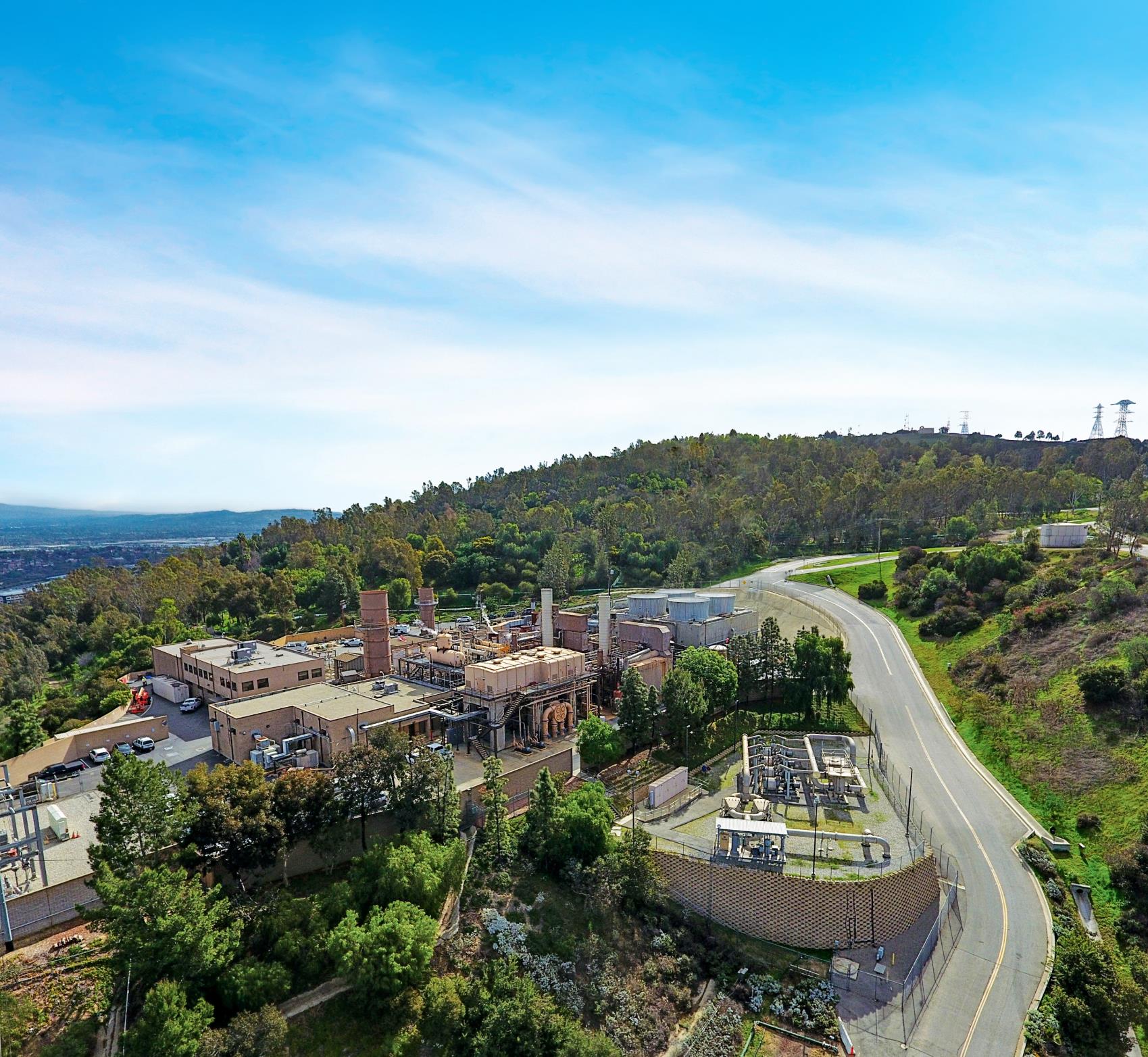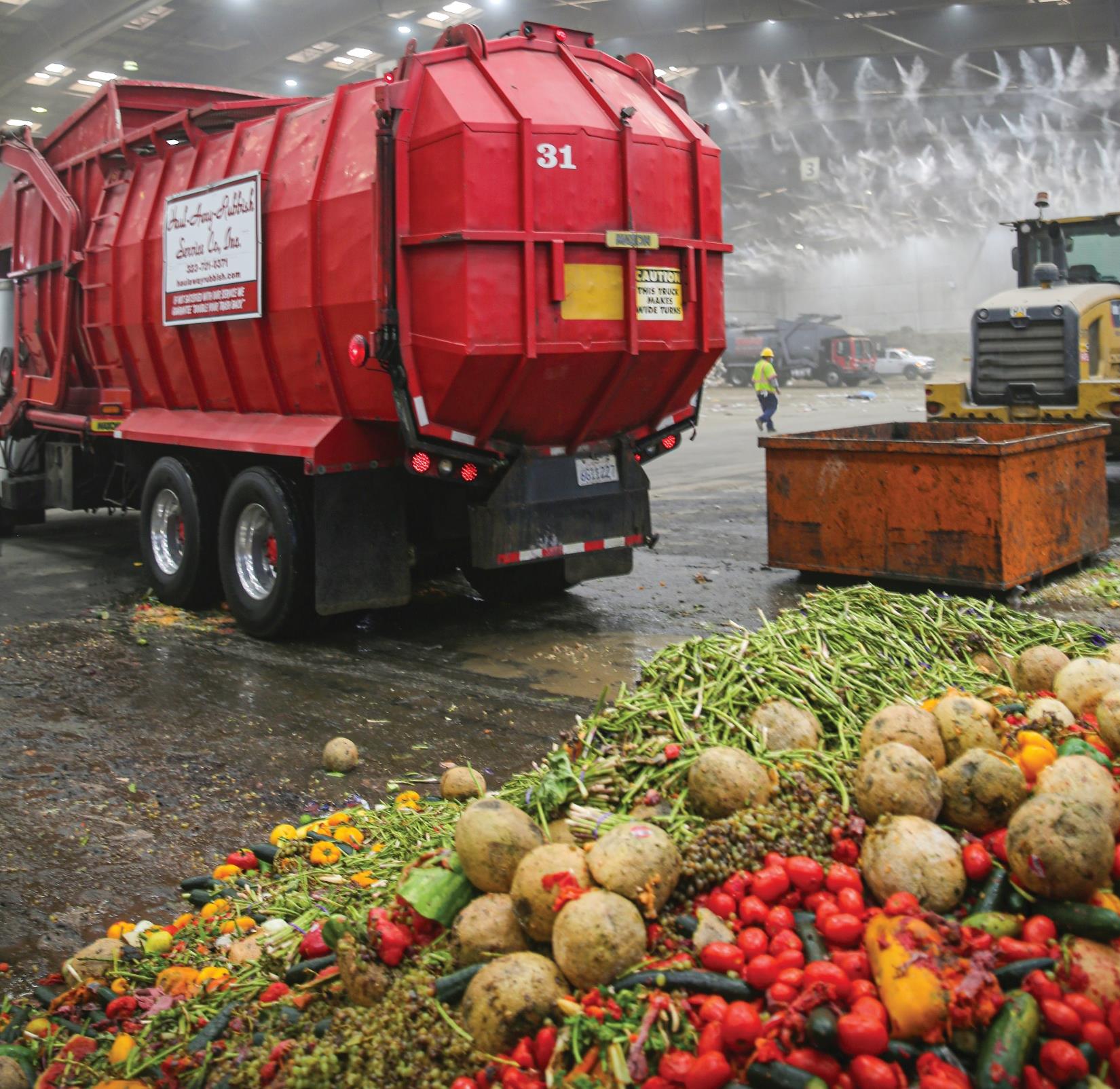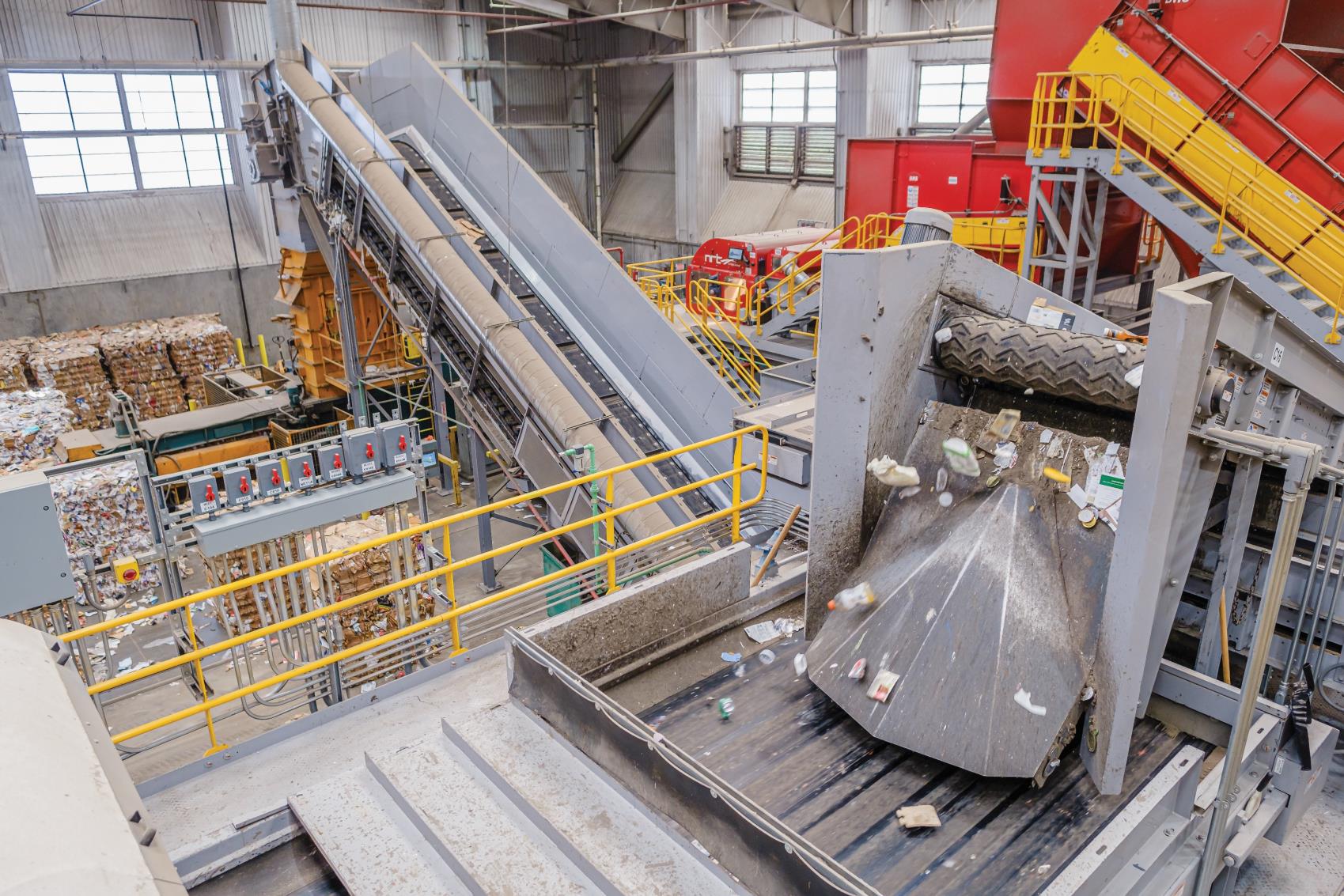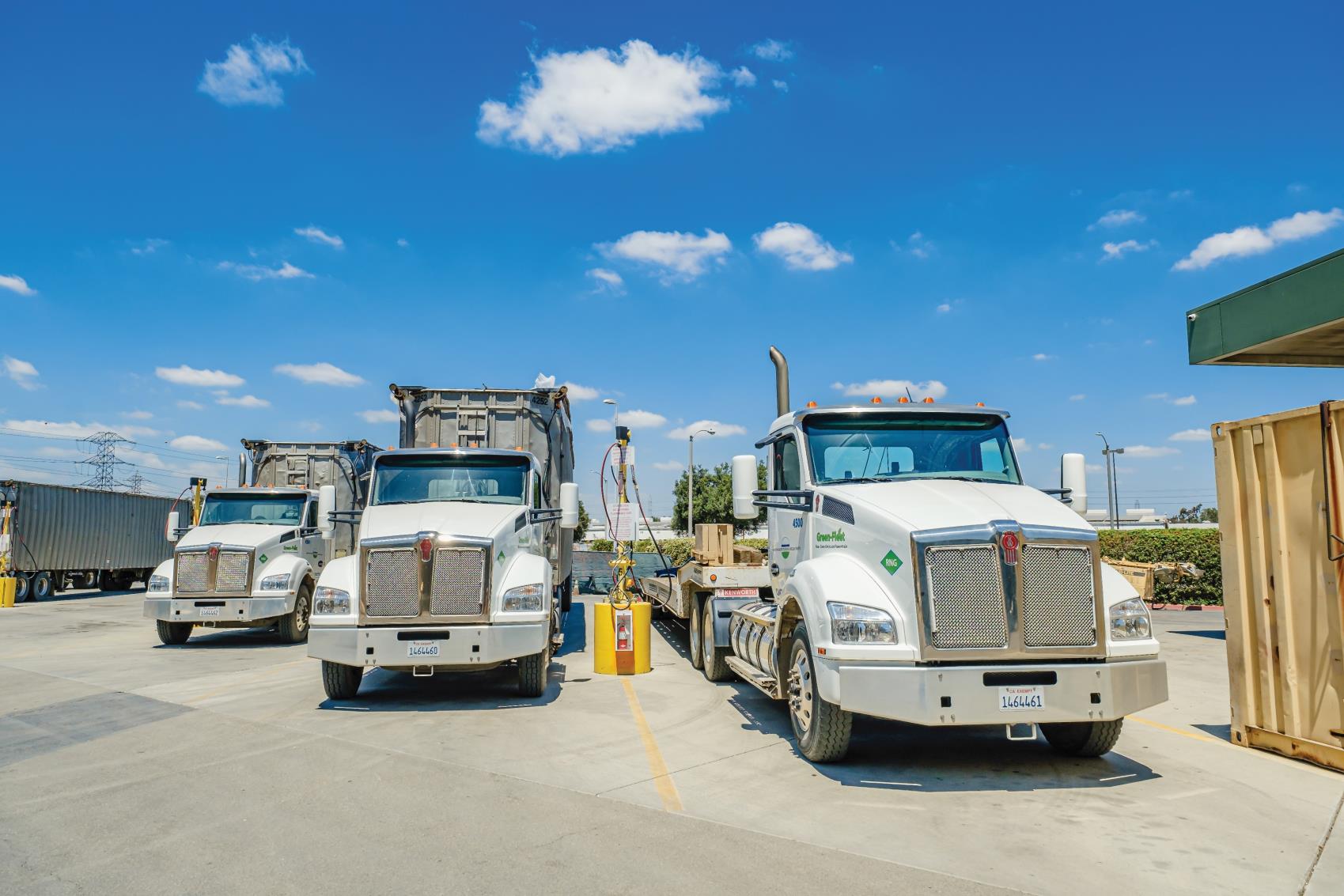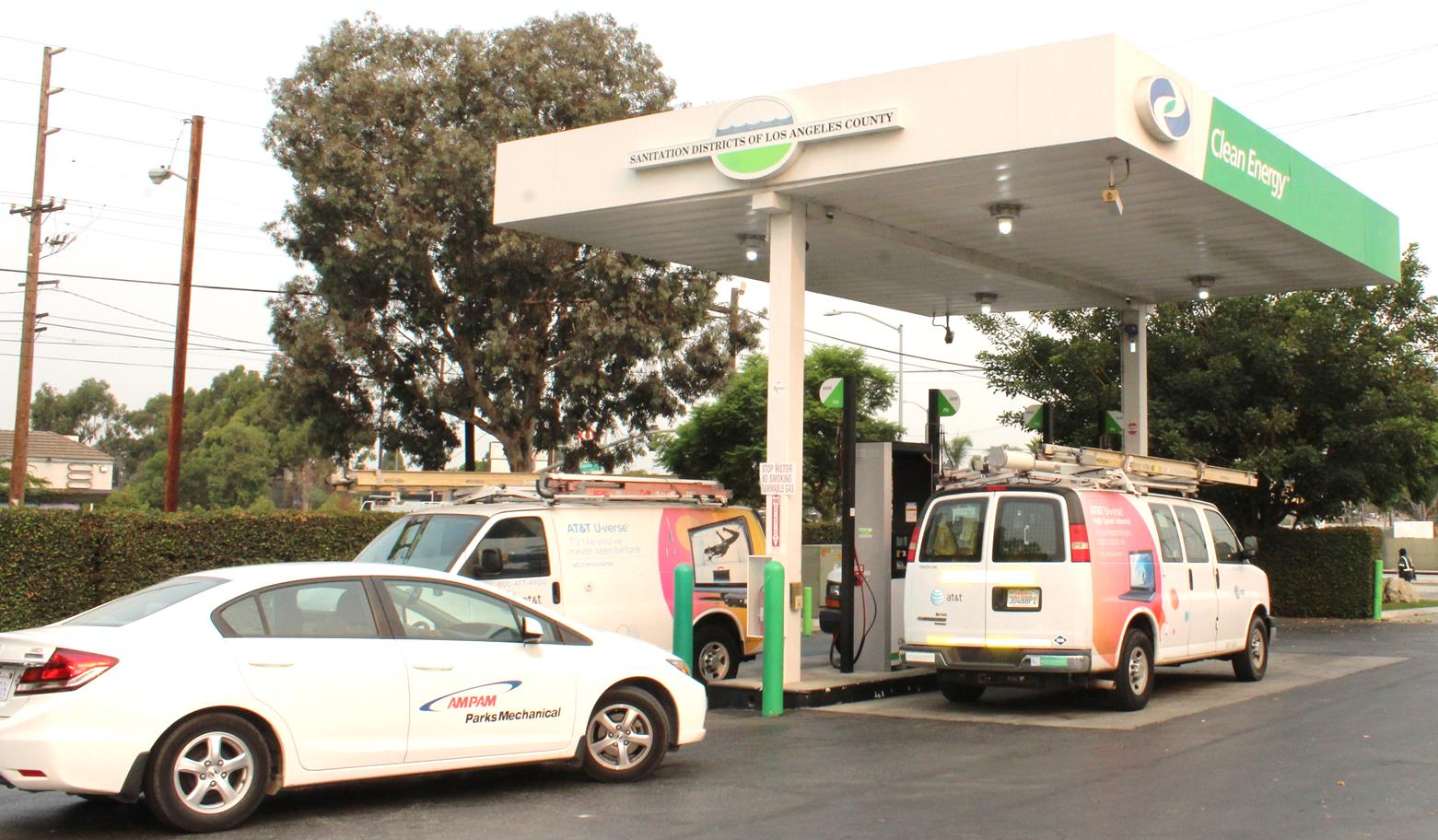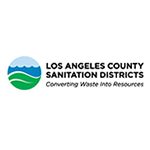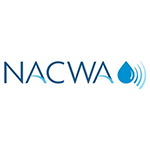- Home
- Contact Us
- News & Events
- Awards
- AAEES Awards Criteria
- 40 Under 40 Recognition Program
- Edward J.Cleary Award
- Excellence in Environmental Engineering and Science Education
- Gordon Maskew Fair Award
- Honorary Member
- International Honorary Member
- Ralph and Joe Bales Graber Science Award
- Stanley E. Kappe Award
- Environmental Communications Awards Competition
- Excellence in Environmental Engineering and Science Competition
- The AAEES Chapter Blue Marble Award
- Resources
- AAEES Microcredentials
- AAEES Press Releases
- AAEES Website How To VIdeos
- Environmental Engineer and Scientist
- Environmental Engineering Body of Knowledge
- PFAS Resources
- Specialty Examination Guide
- Students and Young Professionals Resources
- Who's Who in Environmental Engineering & Science®
- Leadership Opportunities
- Membership
- Donate
- Jobs
2023 Excellence in Environmental Engineering and Science® Awards Competition WinnerGrand Prize - Environmental Sustainability
Reducing Our Carbon Footprint: The Sanitation Districts' Greenhouse Gas Reduction InitiativesEntrant: Los Angeles County Sanitation Districts Entrant Profile 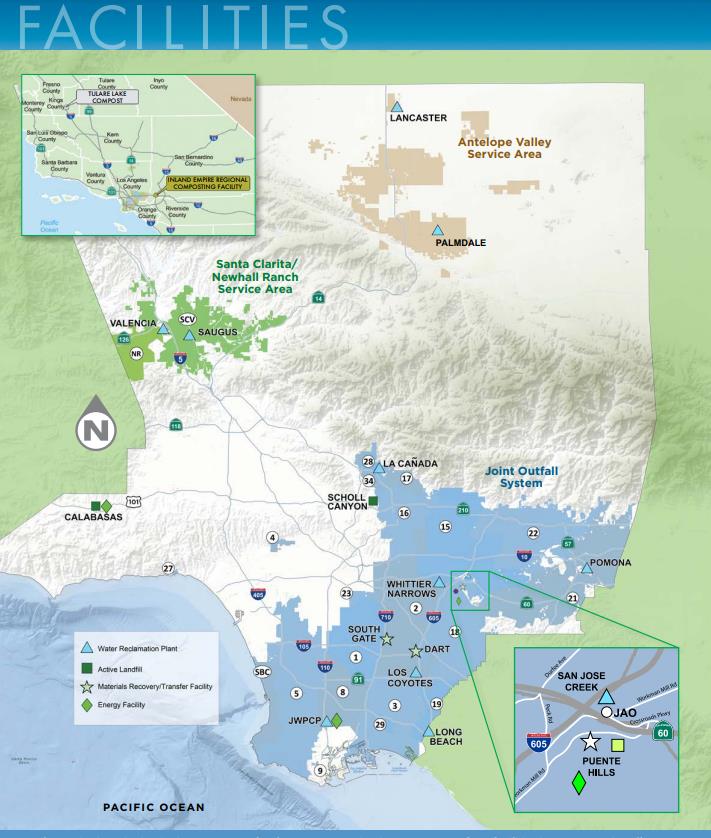
The Los Angeles County Sanitation Districts (Sanitation Districts) are a regional public agency that serves the wastewater and solid waste management needs of 78 cities and unincorporated areas in Los Angeles County. The agency protects public health and the environment and, in doing so, converts waste into resources like recycled water, green energy and recycled materials. The agency operates and maintains a regional wastewater collection system (which includes approximately 1,400 miles of sewers, 49 pumping plants, and 11 wastewater treatment plants) that treats about 400 million gallons of sewage per day. The agency also operates and maintains a regional solid waste management system (which includes two active landfills, two energy recovery facilities, and three materials recovery facilities. For decades, the Sanitation Districts and its partners have undertaken activities that reduce greenhouse gas (GHG) emissions to help protect the environment and provide for a more sustainable world. Most of these initiatives produce green power which reduces use of fossil fuels, a main contributor to global GHG emissions. Another key initiative is recycling water, which reduces the need to import water, the largest single energy use in the State of California. “Reducing Our Carbon Footprint: The Sanitation Districts’ Greenhouse Gas Reduction Initiatives” highlights our major initiatives. The Sanitation Districts are proud to announce we have achieved carbon neutrality for the 2021 calendar year. We continue to look for more ways to reduce GHG emissions and help make our community more sustainable. Project DescriptionReducing Our Carbon Footprint: The Sanitation Districts’ Greenhouse Gas Reduction InitiativesThe Sanitation Districts’ mission is to protect public health and the environment. Over the years, our agency has evolved to meet society’s changing environmental needs.In the1920s, we focused on collecting and treating sewage for the region. Today, a hundred years later, we convert waste—whether it be sewage or solid waste—into resources while still doing our part to protect the environment. We now face the environmental challenge of global climate change, which is the result of increasing greenhouse gases (GHGs) in our atmosphere. Human activity, especially the combustion of fossil fuels, creates GHGs at a higher rate than naturally occurs. According to the U.S. Environmental Protection Agency, our current concentrations of the most prevalent GHGs (carbon dioxide, methane, and nitrous oxide) “are unprecedented compared with the past 800,000 years.” This increased amount of GHGs in our atmosphere traps more of the earth’s heat, causing an overall warming, which changes weather patterns. Scientists predict that rainfall will come in more intense bursts that are more likely to cause flooding. The strength of hurricanes is largely fueled by ocean temperature. Thus, warmer oceans are expected to lead to stronger hurricanes. Events intensified by climate change such as wildfires, droughts, flooding, heat waves and sea level rise can have devastating and costly consequences like loss of life, loss of property, jeopardized water supply and increased air pollution. Reducing The Districts Greenhouse Gas EmissionsFor decades, the Sanitation Districts have undertaken activities to reduce waste and maximize the use of renewable resources. These activities have also reduced GHG emissions. Most of the Sanitation Districts Greenhouse Gas Reduction Initiatives produce green power which reduces use of fossil fuels, a main contributor to global GHG emissions. Another key initiative is recycling water, which reduces the need to import water and the associated energy required to import water, the largest single energy use in California. Seven initiatives are highlighted and evaluated as part of our comprehensive program.
Water RecyclingImporting water to Southern California requires a vast amount of electricity. By recycling water, the Sanitation Districts reduce the need for imported water and the GHG emitted to convey this water. In 2021, the Sanitation Districts recycled 113,000 acre-feet of water, which avoided 52,000 metric tons of carbon dioxide being released to the atmosphere. This GHG avoidance is equivalent to driving our cars 130 million miles less. Biogas-to-ElectricityThe Sanitation Districts operate three gas-to-electricity facilities, which use biogas generated from anaerobic decomposition of organic material in landfills and wastewater treatment plants. Biogas is rich in methane, a potent GHG, that can be a valuable source of energy. These facilities reduce GHGs by avoiding carbon dioxide emissions from traditional electricity generation processes, such as natural gas and coal-fired power plants. In 2021, Sanitation Districts facilities generated a combined 45 megawatts (MW) of green electricity, enough energy for 23,000 homes per year, thereby avoiding 190,000 MTCO2e of GHG emissions. Green Waste DiversionThe Sanitation Districts recycle green waste, producing mulch and compost. This reduces methane generation from landfilling, decreases soil erosion, and reduces fertilizer and herbicide use. In 2021, the Sanitation Districts diverted 77,000 tons of green waste from landfills, which avoided 14,000 MTCO2e of GHG emissions. This is equal to avoiding the burning of 15 million pounds of coal. Food Waste RecyclingCalifornia mandated that organic waste (primarily food waste) be diverted from landfills. As a result, the Sanitation Districts has developed its food waste recycling program to help member cities comply with this law. In 2021, the Sanitation Districts diverted approximately 78,000 tons of food waste from landfills. Food waste diversion reduces GHG emissions by reducing methane generated through organic waste decomposition in landfill and carbon dioxide emissions from heavy equipment used during the landfilling process. By diverting food waste from landfills, the Sanitation Districts avoided approximately 42,000 MTCO2e of GHG emissions. This reduction is equal to avoiding the use of 5 million gallons of gasoline. In addition, the Sanitation Districts recycled food waste into green power, which further reduces GHG emissions. Commodities RecyclingThe Sanitation Districts and its partners divert recyclables from landfills through the Downey Area Recycling and Transfer Facility and the Puente Hills Materials Recovery Facility. Recycling reduces GHG emissions by enabling products to be created using previously manufactured materials rather than raw materials. In 2021, the Sanitation Districts diverted 25,000 tons of recyclables from landfills, which avoided 59,000 MTCO2e of GHG emissions. This reduction is equal to avoiding use of 6 million gallons of diesel. Biosolids ManagementBiosolids are a by-product of the wastewater treatment process and are rich in nutrients. In 2021, approximately 80% of all biosolids generated by the Sanitation Districts were recycled through direct land application or composting. The recycling of biosolids decreased the use of synthetic fertilizer and reduced GHG emissions by 2,500 MTCO2e. This reduction is equal to avoiding the conversion of 17 acres of forest to cropland. In addition to reducing GHG emissions, biosolids recycling also helps soil retain moisture, which reduces water use. Alternative FuelsThe transportation sector is a major contributor of GHG emissions due to the burning of fossil fuels. In addition to GHG emissions, vehicle exhaust is responsible for the formation of smog, which can harm human health. In 2021, by building charging stations, transitioning to electric vehicles, and utilizing alternative fuels, the Sanitation Districts reduced GHG emissions by 3,400 MTCO2e. This reduction is equivalent to removing 730 passenger vehicles from the road per year. SummaryThe combined GHG reduction from these initiatives in 2021 was over 362,000 MTCO2e. These initiatives have resulted in the Sanitation Districts achieving carbon neutrality for the 2021 calendar year. Nonetheless, we continue to look for more ways to reduce GHG emissions to help protect the environment and provide for a more sustainable world. Click images to enlarge in separate window. Click here to return to the list of 2023 winners. |

